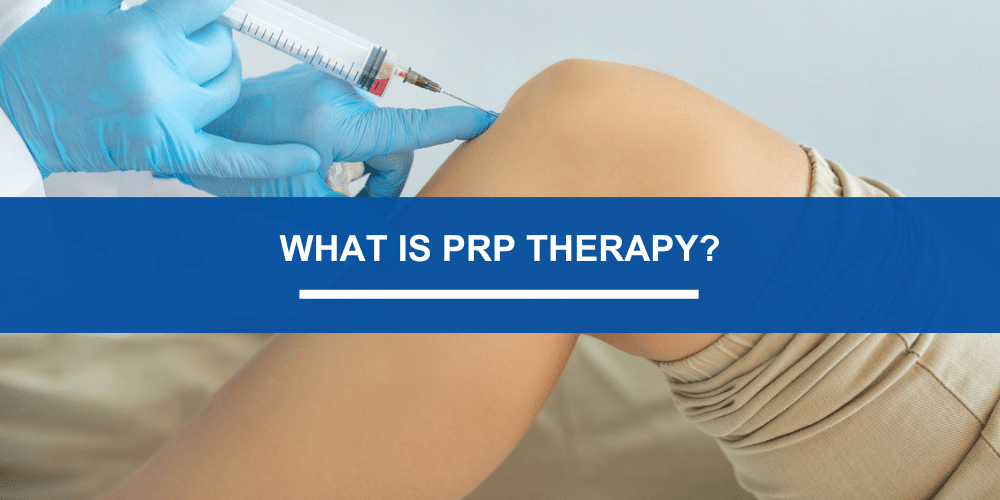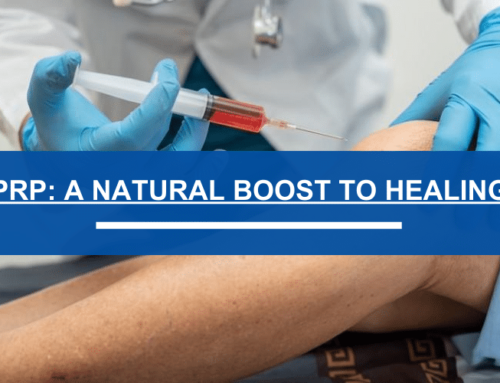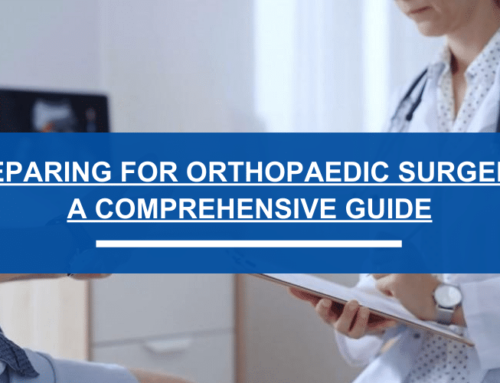Platelet-Rich Plasma (PRP) therapy has emerged as a promising treatment for various orthopedic and musculoskeletal conditions. Although once mainly used by elite athletes, PRP Therapy has now gained broader attention as a non-surgical option for individuals dealing with joint pain, tendon injuries, and inflammation.
What Is PRP Therapy?
PRP therapy involves extracting a small sample of your blood, processing it in a centrifuge to concentrate the platelets, and then injecting the platelet-rich solution into the affected area. Platelets are cells in the blood that contain natural growth factors that help accelerate tissue repair and regeneration.

Conditions Commonly Treated With PRP
- Tendonitis (e.g., tennis elbow, Achilles tendonitis)
- Ligament sprains and strains
- Mild to moderate osteoarthritis (especially in the knee, shoulder, and hip)
- Rotator cuff injuries
- Muscle tears

Benefits of PRP Therapy
One of the major advantages of PRP therapy is that it uses the patient’s own biological material, reducing the risk of allergic reactions or complications. The treatment is minimally invasive and performed in-office, typically requiring little downtime. Many patients report reduced pain, improved mobility, and better overall joint function in the weeks following treatment.
While PRP is not a miracle cure, it can help delay or even avoid surgical intervention, especially in the early stages of arthritis or soft tissue injury. Results vary from person to person, and multiple injections may be recommended depending on the condition being treated.
What to Expect From the Procedure
The entire PRP process usually takes about 45 minutes to an hour. After drawing your blood and preparing the injection, your provider will use ultrasound guidance (if needed) to precisely target the affected tissue. Some patients experience mild soreness at the injection site, but this typically subsides within a few days.
Is PRP Right for You?
If you’ve been struggling with chronic joint pain, recurring injuries, or early-stage arthritis and are looking for a conservative, regenerative treatment, PRP therapy might be worth exploring. It’s a valuable option for patients who want to manage their symptoms without undergoing surgery.
FAQs
1. What is PRP made of?
PRP is derived from your own blood and contains a concentrated dose of platelets, which are rich in healing growth factors.
2. How long does it take to see results from PRP therapy?
Most patients notice improvement within 2–6 weeks after treatment. However, individual results may vary depending on the injury and overall health.
3. Is PRP therapy safe?
Yes. Since PRP uses your body’s own blood components, the risk of allergic reaction or infection is very low when administered by a qualified provider.
4. How many PRP sessions will I need?
Some patients experience relief after one session, while others may require a series of two to three treatments for optimal results.






